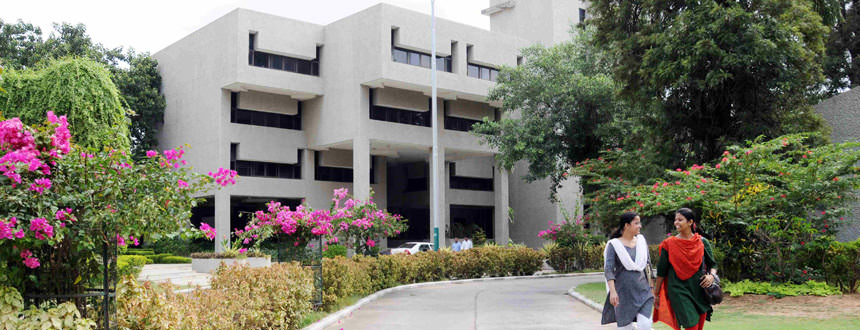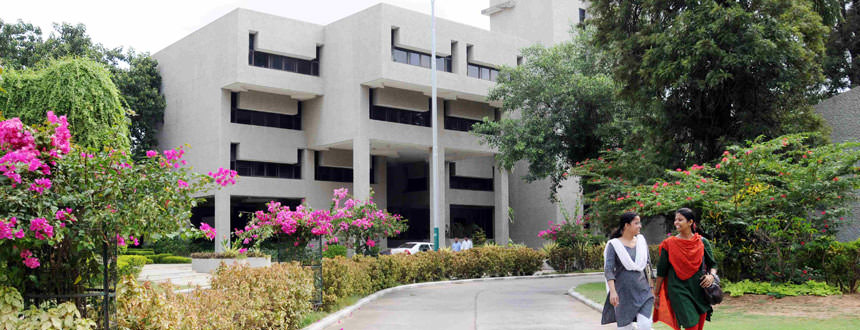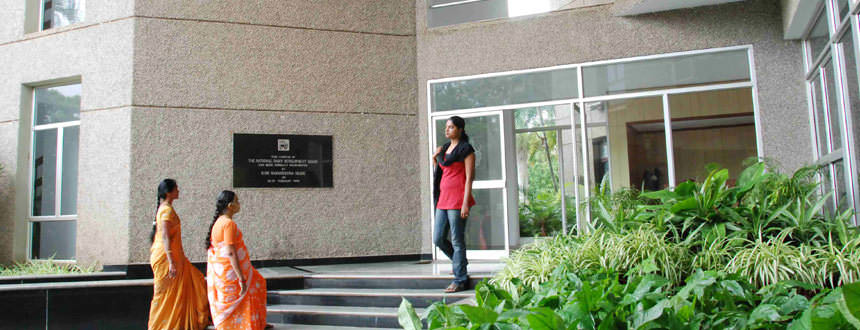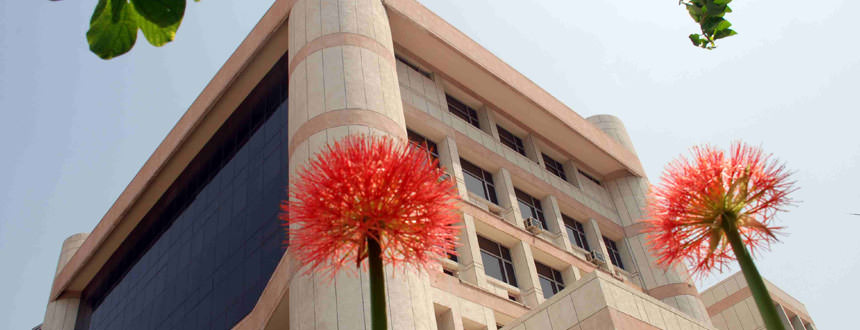Keynote address by Shri Meenesh Shah, Chairman, NDDB during National Seminar on Indian Dairy Industry-Vision 2030 - 15 February 2023
National Seminar on
“Indian Dairy Industry-Vision 2030”
Kerala Veterinary and Animal Sciences University (KVASU)
02:00 pm – 15th February, 2023
Keynote address by Shri Meenesh Shah, Chairman, NDDB
Smt. J Chinchurani, Hon’ble Minister of Animal Husbandry and Dairy Development, Government of Kerala
Shri Rajesh Kumar Singh, Secretary, Department of Animal Husbandry and Dairying, Government of India
Shri PrannabJyoti Nath, Secretary, Department of Animal Husbandry and Dairying, Government of Kerala
Dr A Kowsigan, Director , Department of Animal Husbandry and Dairying, Government of Kerala
Dr R S Sodhi, President, Indian Dairy Association
Dr Rakesh Mohan Joshi, Director, Indian Institute of Plantation Management, Bangalore
Shri K S Mani, Chairman, MILMA
Shri Asif K Yusuf, Managing Director, MILMA
Shri M T Jayan, Chairman, Ernakulam Milk Union
Other distinguished guests, participants of this National Seminar
It is my pleasure to join all of you in this National Seminar on Indian Dairy Industry-Vision 2030 being organised by Department of Dairy Development Government of Kerala, MILMA, Kerala Veterinary and Animal Sciences University, IDA Kerala Chapter and other associated agencies.
I thank the organisers for inviting me and giving me this opportunity to share some of my thoughts on Vision 2030 of Indian dairy Industry.
Let me begin by posing an important question to our esteemed audience, clarity on which is important in the context of today’s discussions.
What should be our nation’s vision for dairying?
Is it only about milk production and sectoral growth?
I think all of you will agree that our nation’s vision for dairying must have prominent focus on milk producers.
It is the hard work and investment of millions of women and men which has made our country self-sufficient and largest milk producer in the world.
So, let us be clear that our dairy economy will thrive as long as our farmer milk producers thrive.
India is the fifth largest economy in the world and is poised to become third largest economy by 2030. It is committed to attain the growth that is inclusive and sustainable.
The bovine resource is far more equitably distributed compared to land, which has skewed ownership. Encouragement of dairy sector has greater welfare footprint and ensuring social equity in our country.
Therefore, Indian dairying has a significant role to add to the inclusive and sustained growth of the country by being more productive, sustainable, remunerative, and climate-resilient.
While we are proud of what has been achieved during past decades, time has come to take a leap forward for developing the dairy sector and match global standards and that should be the vision of Indian dairying for 2030.
The major aspects that call for planned action are as
- Animal Productivity
- Shelf life of pasteurized milk
- Dairy Export
- Share of organized sector
- Net Zero dairying
I. Animal Productivity
Of the total bovines in India, almost half are non-descript animals with lower levels of productivity. While the global average productivity is around 20 kg per day, Indian bovine productivity remains around 5 kg per day.
Currently, around 70% genetic potential of bovines is exploited and it is targeted to increase it to 90% by 2030 through scientific breeding and feeding. DAHD and NDDB are making concerted efforts towards increasing productivity through schemes like Rashtriya Gokul Mission (RGM), Nationwide Artificial Insemination Programme, National Livestock Mission (NLM) and National Animal Disease Control Programmes (NADCP), etc.
Animal productivity can further be accelerated through large-scale interventions such as increase in AI coverage, extensive use of sexed semen, production of High Genetic Merit bulls, import of bovine germplasm, application of genomics, and upgrading low yielding nondescript bovine.
The above initiatives would be backed by scientific animal feeding. Specialized feed during different phases of the milk production cycle such as pregnancy feed, early lactation feed, and fertility feed would be promoted. Ration Advisories would be integral during all these stages and would incorporate green fodder/ silage and dry fodder appropriately.
II. Shelf life of pasteurized milk
The shelf life of our pasteurized milk when stored at temperatures below 40C is 2 days while global benchmark is 14 days. Quality of milk is though adequately addressed by the organized sector especially the dairy cooperatives through various interventions, there is scope of further improving it.
To improve the shelf life, the focus should be on improvement in the quality of raw milk mainly through reduction in bacteriological quality and control of contaminants.
This would be achieved by further propagating Clean Milk Production management and good hygienic practices at every level of the dairy value chain. Also, the aim would be to procure all milk through AMCU and BMCU along with the modernized Milk-Procurement-System.
It is recommended that all dairy plants should use Centralized Cleaning in Place (CIP) and use Bactofuge to remove the living and dead bacteria as well as spores before processing the milk. ISO 22000 / FSSC 22000 should be implemented across the dairy chain to improve the quality of milk.
III. Dairy Export
In spite of India being the largest Milk producer in the world, the share in Global Dairy Market hovers at less than 1%. To increase India’s share to 5% of world dairy trade by 2030, a time-bound systematic approach needs to be followed to overcome hurdles, mainly Non- Tariff Measures (NTM), unattractive prices, and trust deficit between Indian exporters & overseas buyers.
Dairy Export Zones can be envisioned to overcome NTM barriers like traceability, quality management, disease-free area, and lowering supply chain costs for promoting exports. A common platform would be created for stakeholders’ engagement involving buyers, sellers, Export promoting, and Inspection bodies.
Various countries issue Sanitary and phytosanitary (SPS) notifications from time to time inviting comments of other WTO members. SPS measures are multidisciplinary encompassing diversity of the animal and plant health, and food safety realm. Given the number of public and private stakeholders involved, a mechanism may be developed for the effective handling of SPS notifications.
Overseas marketing of Indian dairy products is very important and it can be done through participation in trade fairs and thereby reaching international buyers.
Overseas market expansion may be done in phases. Initially to focus on high trade potential markets with low trade barriers like Nepal, Bhutan, Bangladesh, Saudi Arabia, UAE, etc. Gradually, new markets like Indonesia, Lebanon, Oman, Japan, Russia etc. can be added.
IV. Share of organized sector
Organized dairy sector constitute about 30% of the Indian dairy market share in 2021. With an aim to provide safe & quality milk to the consumer as well as market access to millions of milk producers, it is required to increase the coverage of the organized dairy sector.
Concerted efforts are being made by GOI and NDDB to enhance and modernize the milk processing/ quality testing capacities of the organised sector through Dairy Infrastructure Development Fund (DIDF), Animal Husbandry and Infrastructure Development Fund (AHIDF) and National Programme for Dairy Development (NPDD).
This will be further accelerated through the formation of Farmers Producers Organizations (FPOs), Producer Companies, strengthening dairy cooperatives, and encouraging the private sector to expand their reach. In addition, startups in the dairy sector need to be supported and nurtured. SHG run private dairies registered under NRLM and SRLM also need to be promoted.
Support should be provided in improving organizational efficiency and suitable mechanism to be developed for credit lending to farmers and dairy organizations to increase the market share of organized players.
V. Net Zero Dairying
As per Intergovernmental Panel on Climate Change (IPCC), the global average temperature is projected to increase by 3.7 to 4.8 °C at the end of 21st century leading to catastrophic and irreversible effects on the planet. By recognising this, majority of countries around the world adopted the Paris Agreement with an aim to pursue efforts to limit global warming to 1.5 °C above pre-industrial levels. To achieve this goal, world leaders have agreed to take intense climate change mitigation actions in a move towards Net-Zero Greenhouse Gas (GHG) emission targets by 2050 (COP26, 2021). India also committed to achieve Net-Zero GHG target by 2070.
In dairying, enteric fermentation is a major hotspot contributing about 70% to total cradle to farm-gate GHGs. Manure management, feed production and on-farm energy use contribute about 15%, 10% and 5%, respectively. Adoption of sustainable practices such as scientific fodder production, feeding, manure and energy management coupled with GHG removal through Carbon sequestration would help achieve the state of ‘Net-Zero GHG emissions’ by 2070.
The framework to achieve net Zero Dairying would include, Genetic improvement of bovine, Animal health improvement, Scientific fodder production, Feeding management, Manure management, promotion of solar energy and Carbon sequestration. To create favourable environment for successful adoption of Net-Zero practices in dairy sector, farmers and milk unions in the country need to be supported with appropriate incentives and policies from government.
Concludingly, I would say all these measures will provide an enabling environment for future growth of dairying in the country; and contribute to strengthening livelihoods of small holder and marginal milk producers that form the majority of India’s milk production system.
Concerted efforts would be required from each of the stakeholders to achieve this.
Than you.





